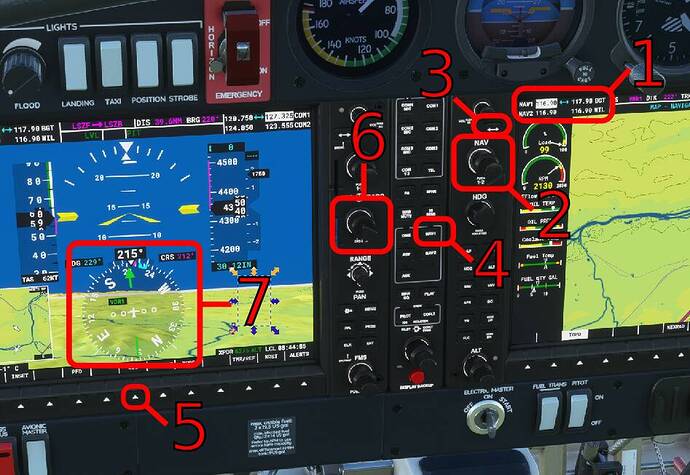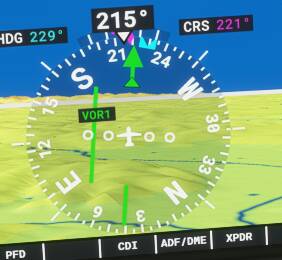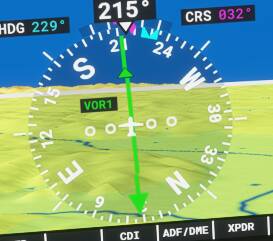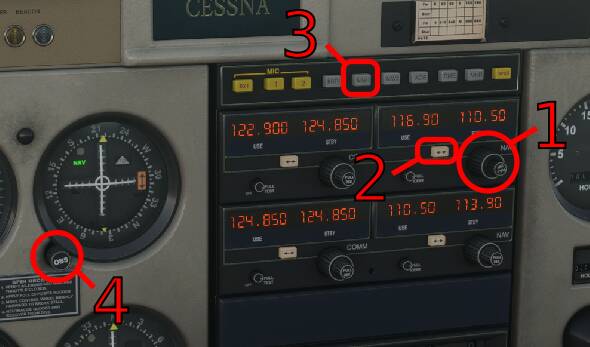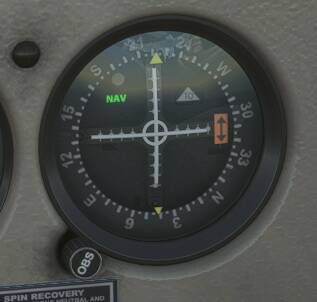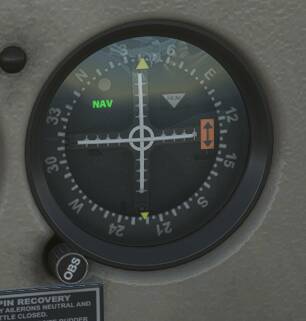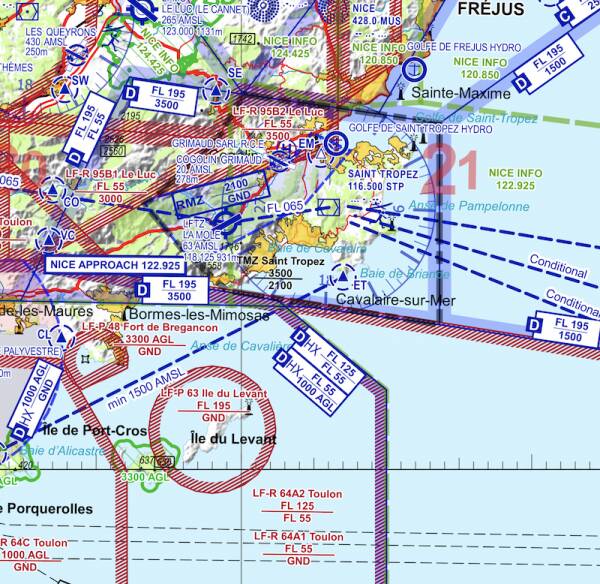While today we are most likely to know how to use a GPS and fly simply “on the magenta line” being either on the airplane embedded system, or via external displays like your tablet or phone, VOR flying is still something I strongly encourage you to do.
You may discover more in details about VOR here:
or check out the explanation on Wikipedia.
Just as short explanation is a radio setup which allows airplanes to get a direction from or to the antennas set on the ground.
Why would it be still important today? Well some older aircraft do not have a GPS, and your tablet or phone may have issues while in flight (as well as the embedded GPS system). Therefore knowing how you could find where you are and how you can reach a given position may save you one day.
At first it may seems over complicated but if you follow it step by step you will see it’s actually not such a huge issue.
The first step is to discover which VOR are around you, and what are their frequency. I will for this purpose use Skyvector but you may use whatever other tool / map system you and. Any good fly map will contain the VOR and their frequency (even paper maps).
A VOR on a map look likes that:
You see the name of the VOR (WILLISAU in this case), the frequency (116.9) and its MORSE code. (those dots and lines).
Now that we know our VOR information remains to set it up inside the plane system. I used first a glass cockpit on a GA plane, but the steps are basically the same on any airplane:
- You see here the frequency (on the right side) and the standby freqency of the 2 VOR NAV systems
- With this knob you may change the frequency (by turning the inner and the outer knob) as well as switch between NAV 1 and NAV 2.
- The frequency will not be active till you press that button! At that point your entered frequency goes on the right side and becomes active.
- If you are on the air and your airplane do get the radio signal (based on the distance and other factors), you can switch this button to hear the MORSE code on the radio. That will ensure that the correct VOR frequency is set, and you do get the signal.
- You may now switch the navigation mode to VOR1 by pushing the CDI button as many times as needed. The indicator (7) will be of a green color.
- You can now set your direction toward or from the VOR by rotating the inner knob CRS and by clicking it you set the direction directly toward it (homing).
- You will see the indicated course toward or from the VOR there. The indicator is in 2 parts, the external parts tells which heading you should have, and the inner part shows you the deviation your airplane has:
In this case, to reach the VOR with an heading of 221 (CRS 221°) we would are right of the course. The dots represents a 5° deviation, so you know you are around 8° right of that course. To intercept the course you should then multiply by 10 the number of dots you passed (rounded up), so I would then in this case take a correction of 20° left to get my course back.
VOR can be used as said before in both direction: going forward or going from them. However the indicator will change a bit:
In this case I set the CRS as “From” and as you can see the small triangle points toward the VOR and the big one is the heading I should take.
In real life I strongly advice you to listen to the MORSE code to see if you are correctly setup to the right VOR otherwise your navigation is guaranteed to fail. It happened once to me while I was flying in German in an area which was completely new to me, I set the VOR to a wrong frequency and I was wondering why I was not able to get the VOR navigation to point me to something useful. Lucky me I was with someone else which helped me at that time.
As an exercise you may start from LSPN, set WIL (116.9) as NAV 1 and FRI (110.85) as NAV 2, you will cross Bern airspace (ideally you should fly above 6000 ft at that point) with an header toward FRI 228. I let you do the rest ![]()
Enjoy VOR flights !


